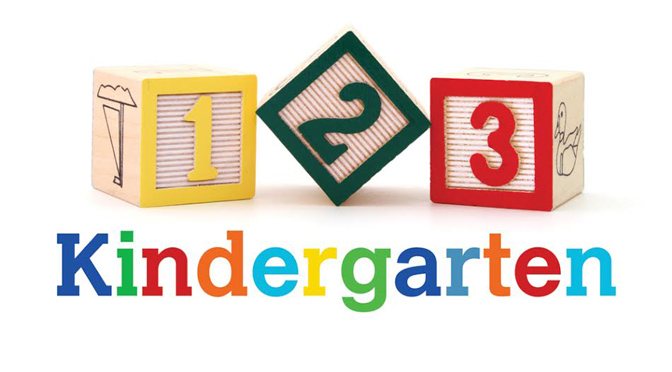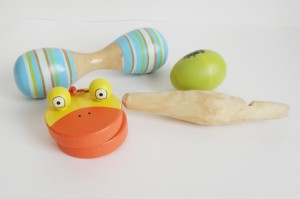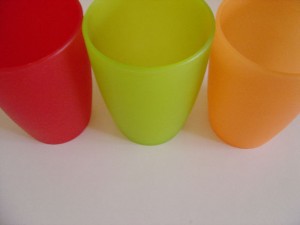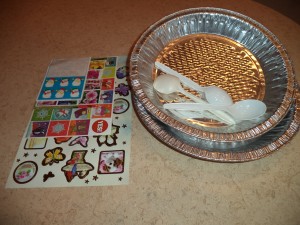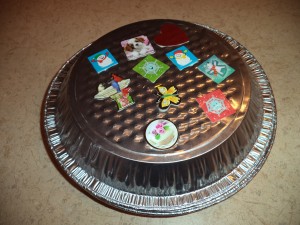The name of the month inspires today’s post on kids marching, drumming play activities. After all, life is based on rhythm: breathing, heart rate, sleep-wake cycles, seasons, and more.

Kids seems to drum naturally. They will tap a pot lid on the floor or hit it with a wooden spoon. Hands clap over and over or shake a set of keys rhythmically. No matter the age or stage of children, drumming activities will occur over and over, with or without a drum. Little Sister is discovering how hitting the floor makes a different sound from hitting the drum. Like all kids, she will drum on a variety of surfaces. Some will bring parents running to see what’s making that terrible noise, like drumming on the heat registers which echoed all over the house. Make sure dogs, cats, and babies are not within reach of a toddler with a drumstick. 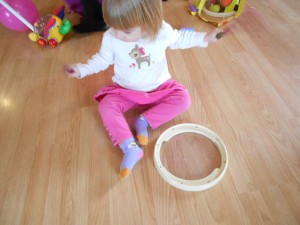
Big Sister has made drums with a variety of items from the kitchen cupboard and the recycling basket. An old tin ,that holds buttons, as well as some plastic tubs, and empty food containers are being explored for the sounds they make. Chopsticks are an alternative to drumsticks. 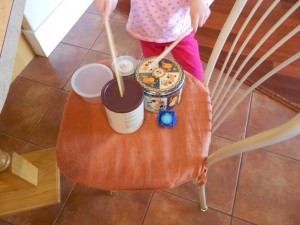
Children are highly sensory, and drumming includes the senses of hearing and touch. You can ask your child to make some loud sounds, and some that are soft. So soft it’s almost a whisper? Can s/he make the drum beats fast, faster, and very fast? How about slow, slower, and really slow? These drumming play activities encourage careful listening, exploring, and concentrating.
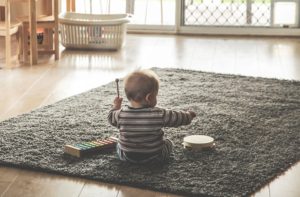
Marching adds the sense of the body’s movement. Find some drum music and let your child march around. Is the music for slow marching or fast? Try some dance music. There are hundreds of YouTube videos on kids marching, drumming, and dancing to music. Even ants march. 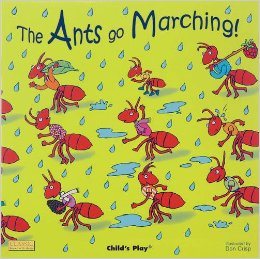
The website, Childhood 101 has a super post on Drumming Activities for Preschoolers with more ideas and suggestions, like echo drumming. Kids can copy a drumming pattern that you make. They love drumming something and then we have to copy them. Or they can drum for us to march. Doing chores to the beat of a drum makes it so much more interesting. Any chance kids can pick up their toys and put them away while we drum? Sometimes, counting out “1, 2, 3, march” will get kids out the door if we’re in a hurry. What are some other kids marching, drumming play activities?
